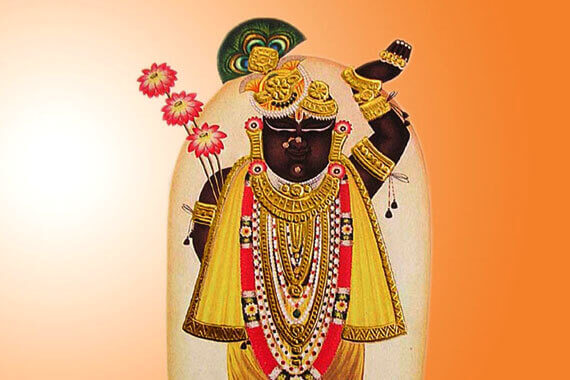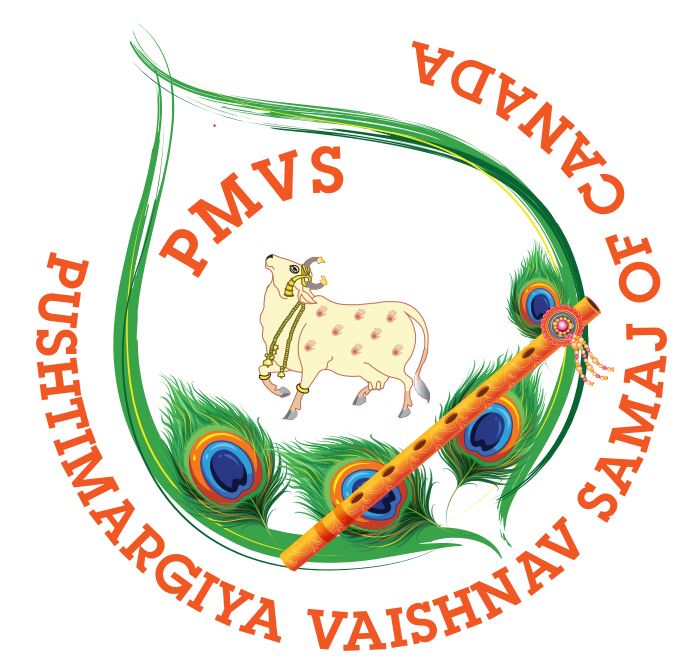The Path to Realisation

Vedas are the age old proofs of ancient (Sanatana) Vaidic Dharma and have been accepted as such. Vedas are divided into two parts. (1) Purva Kanda. (2) Uttara Kanda. In the first part, all the means that can be executed through "jarma" are mentioned to achieve the divine contact, this mode of performance is known as "Karma Kanda" . (Kanda denotes to a part). The part that exhalts the path that leads to divine being by mentioning the processes and means is called "Karma Marga". The path of realisation is explained in detail in this part. In ancient times "Rishies" (Sages) - the masters of vedic knowledge - and those who practiced Vedic dharma regularly conducted "Yagnas" and "Yogas" - names of ritualistic perfomances - regularly to propiliates celestials.
In the latter part (Uttara Kanda) of vedas, spiritual elements like Brahman, Jagat and Jiva are described in extent. Since an elaborate knowledge is condensed into these works it also come to be known as "Jnana Kanda". Rishies and Munies (Saints who contemplated on deeper knowledge) have strived in solitude to achieve this other wordly (Paralaukic) knowledge through means of yoga with the ylterior motive of realising divine being. It is not easy for each and everybody to tread on this system called "Jnana Marga".
Vedas have granted permission to receive the "holy thread" - called yagnopavita) - and recite "Gayatri Mantra" to three "Varnas" - catagories i.e., general working systems - viz., Brahmana, Kshatriya and Vaisya. (Varnas and Ashramas are the age old divisions of a human system working and observing certain religions a kind of a division under which the present caste system is arrived at. The four varnas have specific functions to perform under religion sanctions "Ashramas" have a broader acceptance into following religious duties and are divided into four divisions called : 1. Brahmacharya ashram - taking a vow of celebacy and lead a life of dedication to vedic life - 2. Grahasta ashram - i.e., lead a life of a householder after marriage. 3. Vanaprastha ashram - i.e., conductiong a peaceful sojourn in an ashram where the couple will be free of all household responsibilities and 4. Sanyas ashram - i.e., relinquishing all attachment for worldly entanglements and striving for attaining emancipation known as Moksha. The fourth varnas i.e., sudra and a woman are not entitled to receive "yagnopavita" or Gayatri Mantra without being cousecrated into "yagnopavita diksha" one cannot be allowed to practive karma marga or gyana marga. Hence for the sudras and women it has turned difficult to realise divine being.
Upanishads form a part of the literature of vedas. Upanishads deal prominently with the knowledge about the other worldly elements and in a subtle forms deal with bhakti also. In a way one can say safely that the whole of veda sastras not only deal with the systems of karma and gyana but subtly mention about Bhakti also.

